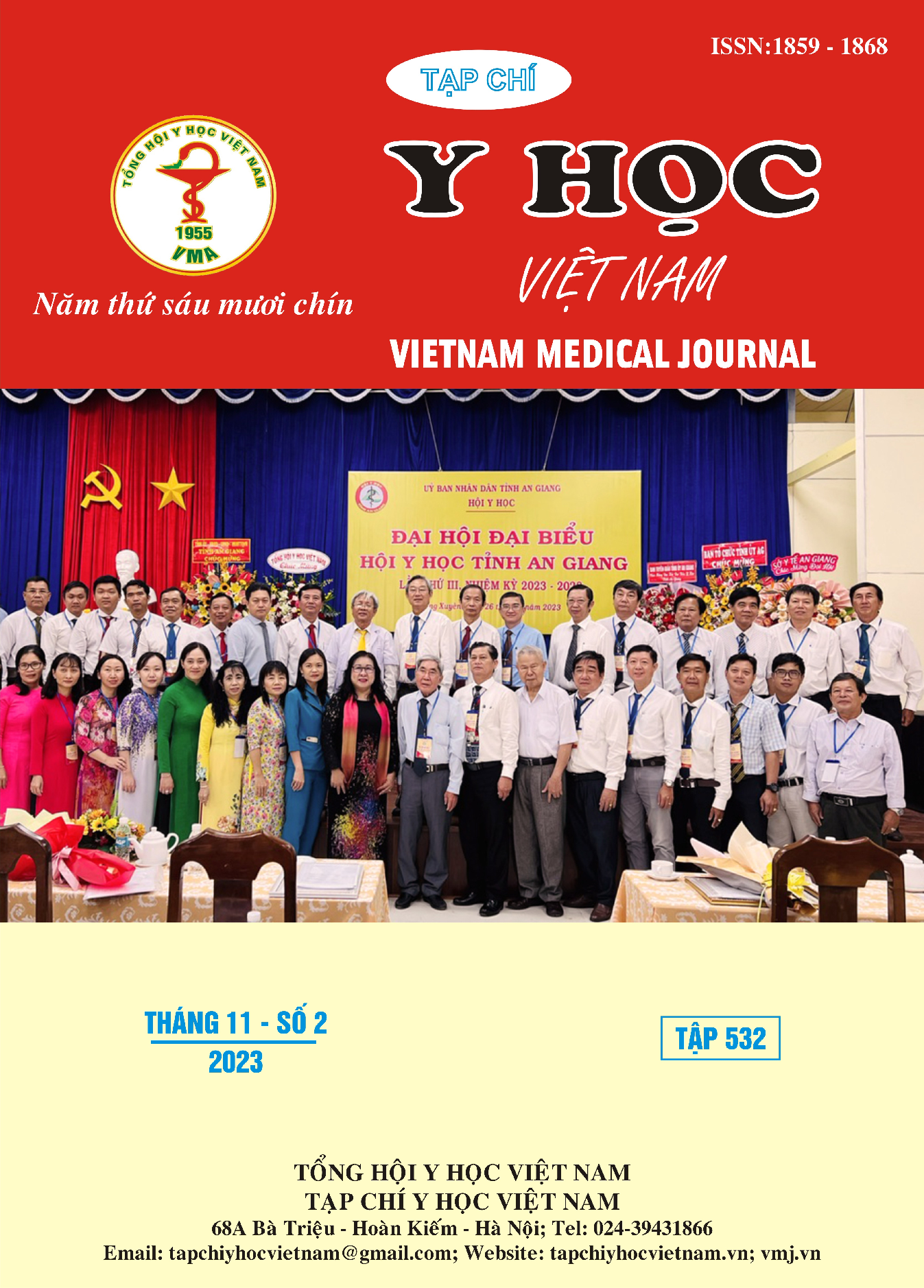IATROGENIC RENAL VASCULAR INJURY POST MINI-PERCUTANEOUS NEPHROLITHOTOMY VIA ULTRASOUND GUIDANCE
Main Article Content
Abstract
Objective: Mini percutaneous nephrolithotomy (mini-PCNL) is a safe and effective treatment modality for the management of renal calculi. This technique is
associated with high success rates, decreased morbidity and few complications. The incidence of postoperative hemorrhage complicating mini-PCNL is very low. This study aimed to describe the use of renal angiography in the detection of renal vascular injuries following mini-PCNL, as well as to assess the efficacy of endovascular management of these complications. Methods: Between January 2018 and December 2019, a total of 1530 consecutive patients underwent mini-PCNL at our hospital, with early follow-up results. Findings regarding type of renal vascular injury identified, embolization technique, and therapeutic outcome. Results: Rates of major bleeding were 3,7% (57 patients), including 12 case of hemorrhage required embolization. Twelve patients include 8 males and 4 females with the average age of 52,67 ± 11,55 (range from 30 to 70 years old). The finding of hydronephrosis on preoperative MSCT includes: normal: 0 cases; grade 1: 4 cases (33,33%); grade 2:
8 cases (66,67%) and grade 3: 0 cases. Stone site:
S0: 0 case; S1: 4 cases; S2: 5 cases; S3: 1 case, S4: 0 case and S5: 2 cases. Seven patients have one Amplatz hole and 5 patients have two Amplatz hole, of which renal access tract: middle calyx is 12 holes; lower calyx is 4 holes, upper calyx is 1 hole. Mini-PCNL in one time: 7 cases, two times: 4 cases, three times:
1 case, average operative time: 69,53 ± 27,18 minutes (35 - 120). Renal vascular lesions identified in
12 patients (0.78%) were treated with embolization only once with complete resolution of hemorrhage, no further clinical deterioration and preservation of renal function. Conclusions: Mini-PCNL performed under the ultrasound guidance with lie on the side position and spinal anesthesia offers many advantages. Renal vascular injury is a rare complication of percutaneous nephrolithotomy. Early renal angiography and selective embolization can play an integral diagnostic and therapeutic role.
Article Details
Keywords
Kidney stones, Staghorn calculi, Mini- PCNL, minimally invasive treatment, hematuria, endovascular, embolization, renal hemorrhage.
References
2. Knoll T, Wezel F, Michel MS, Honeck P, Wendt-Nordahl G. Do patients benefit from miniaturized tubeless percutaneous nephrolithotomy? A comparative prospective study. J Endourol. 2010;24 (6):1075 - 1079.
3. Kervancioglu S, Gelebek Yilmaz F, Erturhan
S. Endovascular management of vascular complications after percutaneous nephrolithotomy. Vasa. 2014 Nov;43(6):459-64.
4. Du N, Ma JQ, Luo JJ, Liu QX, Zhang ZH, Yang MJ, Yu TZ, Tao Y, Liu R, Zhang W, Yan ZP. The Efficacy and Safety of Transcatheter Arterial Embolization to Treat Renal Hemorrhage after Percutaneous Nephrolithotomy. Biomed Res Int. 2019 Apr 22;2019:6265183.
5. Venkateswarlu J, Kumar MS, Babu RP, Abkari A. Endovascular management of iatrogenic renal vascular injuries complicating percutaneous nephrolithotomy: Role of renal angiography and embolization; an analysis of 159 cases. Indian J Radiol Imaging. 2017 Jul- Sep;27(3):293-297.


